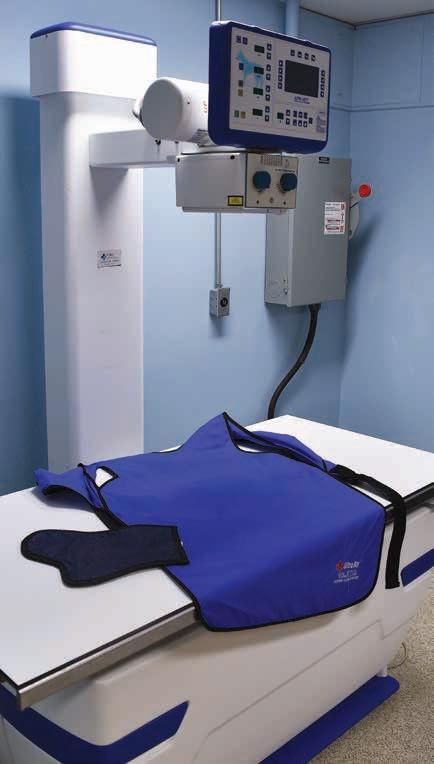INDIGENOUS PERSPECTIVES Northern College continues to engage in meaningful and mutually beneficial relationships with Indigenous peoples, communities, and organizations. Development and success of Indigenous learners is supported by undertaking several compelling initiatives that position the College as an educator of choice for Indigenous learners.
Located in the communities of Moosonee, Kirkland Lake, Haileybury, and Timmins, Northern acknowledges the lands of the Ojibway, Cree, Algonquin, and Metis Peoples that our campuses occupy. The First Nation communities now located on these lands include Beaverhouse, Flying Post, Wahgoshig, Taykwa Tagamou, Mattagami, Matachewan, Temagami, Timiskaming, Moose Cree, Fort Albany, Kashechewan, Attawapiskat, and Weenusk. We continue to focus on improving inclusion and support of Indigenous programs, services, and activities at our campuses that together contribute to Northern becoming the College of choice for Indigenous Peoples. Compelling programming in Moosonee is seeing learners empowered and engaged, with the successful pre-health program delivery with First Nation communities, as well as interactive videoconferencing to remote communities with Indigenous learners. INTERACTIVE VIDEOCONFERENCING In the spring of 2019, our Moosonee campus began a plan to deliver its first full-time program through interactive videoconference technology to the remote First Nation communities of James Bay. Located in each of the communities, Northern College Access Centres have offered adult academic upgrading and other short training courses, but none through interactive videoconference technology or a full-time program. INDIGENOUS PATHWAYS TO HEALTH In September 2019, we began the Indigenous Pathways to Health Programs—a three-semester Indigenous program that would prepare students from remote First Nations to enter the health science programs of their choice. Northern College enhanced this program by including Medical Cree Terminology, Medical English Terminology, Indigenous Health and Wellness, along with other relevant courses that were embedded with specific Indigenous content to engage students. Another unique feature of the program was that students attended one week per semester in Timmins to help with the eventual transition to a southern urban campus, where many would study programs in Nursing, Paramedics, Medical Lab Technician, and other health-related programs in order to meet their long-term career goals.
16
















